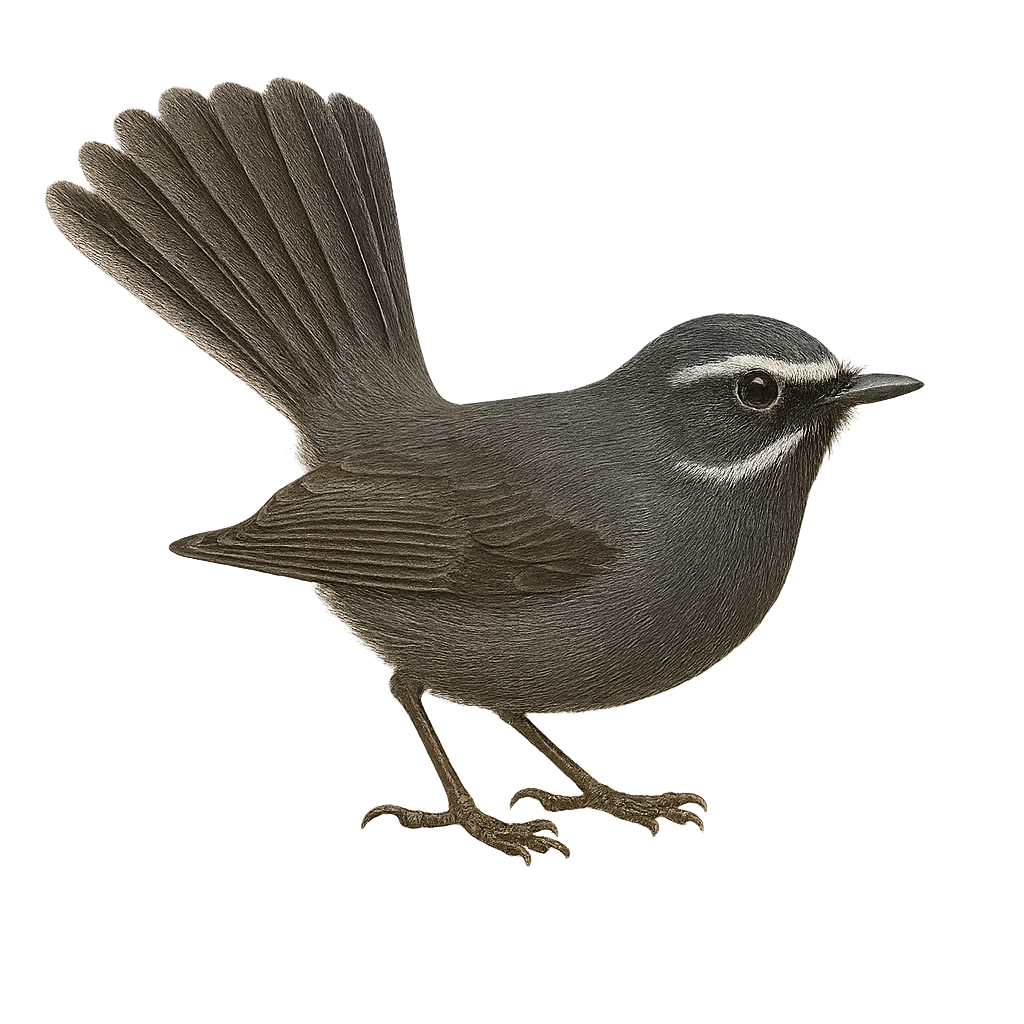Your wildlife photography guide.
Explore the white-throated fantail in detail, study its behavior, prepare your shots.
Where to observe and photograph the white-throated fantail in the wild
Learn where and when to spot the white-throated fantail in the wild, how to identify the species based on distinctive features, and what natural environments it inhabits. The WildlifePhotographer app offers tailored photography tips that reflect the white-throated fantail’s behavior, helping you capture better wildlife images. Explore the full species profile for key information including description, habitat, active periods, and approach techniques.
White-throated Fantail
Scientific name: Rhipidura albicollis

IUCN Status: Least Concern
Family: RHIPIDURIDAE
Group: Birds
Sensitivity to human approach: Suspicious
Minimum approach distance: 5 m
Courtship display: April to May
Incubation: 14-15 jours
Hatchings: April to June
Habitat:
Tropical forests, subtropical forests, gardens, parks
Activity period :
Primarily active during the day, with peak activity in the morning and late afternoon.
Identification and description:
The White-throated Fantail, or Rhipidura albicollis, is a medium-sized bird easily recognized by its fan-shaped tail and contrasting plumage. It features a striking white throat that stands out against its dark gray body. This bird is often found in the tropical and subtropical forests of South and Southeast Asia, where it primarily feeds on insects. Agile and lively, it is known for its aerial acrobatics while hunting. The White-throated Fantail is a social bird, often seen in small groups or pairs. Its ability to adapt to various habitats, including gardens and parks, makes it a relatively common bird within its range.
Recommended lens:
400 mm – adjust based on distance, desired framing (portrait or habitat), and approach conditions.
Photography tips:
To photograph the White-throated Fantail, it is advisable to use a 400mm lens or longer to capture precise details without disturbing the bird. Look for it in tropical forests or parks, where it is often active during the day. Be patient and discreet, as this bird can be suspicious. Use a tripod to stabilize your camera, especially when shooting in low light conditions. Take advantage of its aerial acrobatics to capture dynamic and captivating shots.
The WildlifePhotographer App is coming soon!
Be the first to explore the best nature spots, track rutting seasons, log your observations, and observe more wildlife.
Already 1 430 wildlife lovers subscribed worldwide

